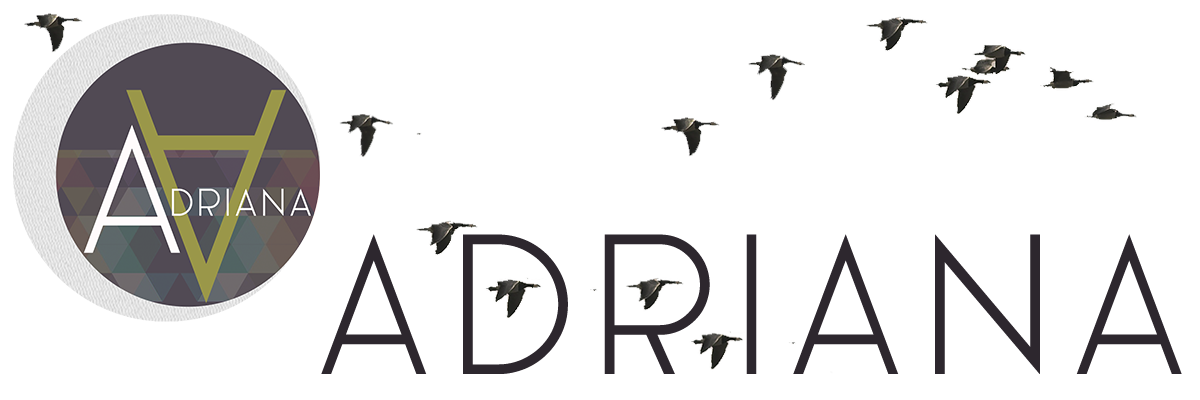About This Project
Virtual Reality – based tool for the diagnosis and evaluation of Non-use in stroke patients
Research project
Fall 2014
ABSTRACT
This study addressed the hypothesis that effector selection patterns in stroke patients are modulated by different factors such as expected success, effort, pain, fatigue, speed, accuracy, among others.
The aim of the project was to develop a tool that isolates the factor of accuracy and expected success to determine the existence and the level of learned non-use in stroke survivors. The main components of the setup were a desktop computer that was placed in front of the ARMEO, which is a bimanual exoskeleton with adjustable arm weight support in a 3D workspace.
Then, the Rehabilitation Gaming System (RGS) was coupled with the ARMEO. The position of the participant’s arms was captured by the exoskeleton and then mapped into the corresponding positions on the participant’s avatar of the RGS scenario.
We developed a game scenario, in which participants performed a reaching task in a constrained and unconstrained condition. The task consisted on reach a target that appeared at different locations along a semicircular array. Using this game scenario, two experiments were conducted. The first was used to quantify the existence of learned non-use by isolating the factor of accuracy.
In the second study, we quantified the existence of learned non-use by manipulating the score of the non-dominant hand, which was presented on the screen.
Research developed at Pompeu Fabra University (UPF)
Research project
Virtual Reality – based tool for the diagnosis and evaluation of Non-use in stroke patients
Poster publication
Adriana Alvarado. Poster presentation: A virtual environment tool for the evaluation of Learned Non-use in stroke survivors. Grace Hopper Celebration of Women in Computing (GHC 2016).
Date
September 2014

